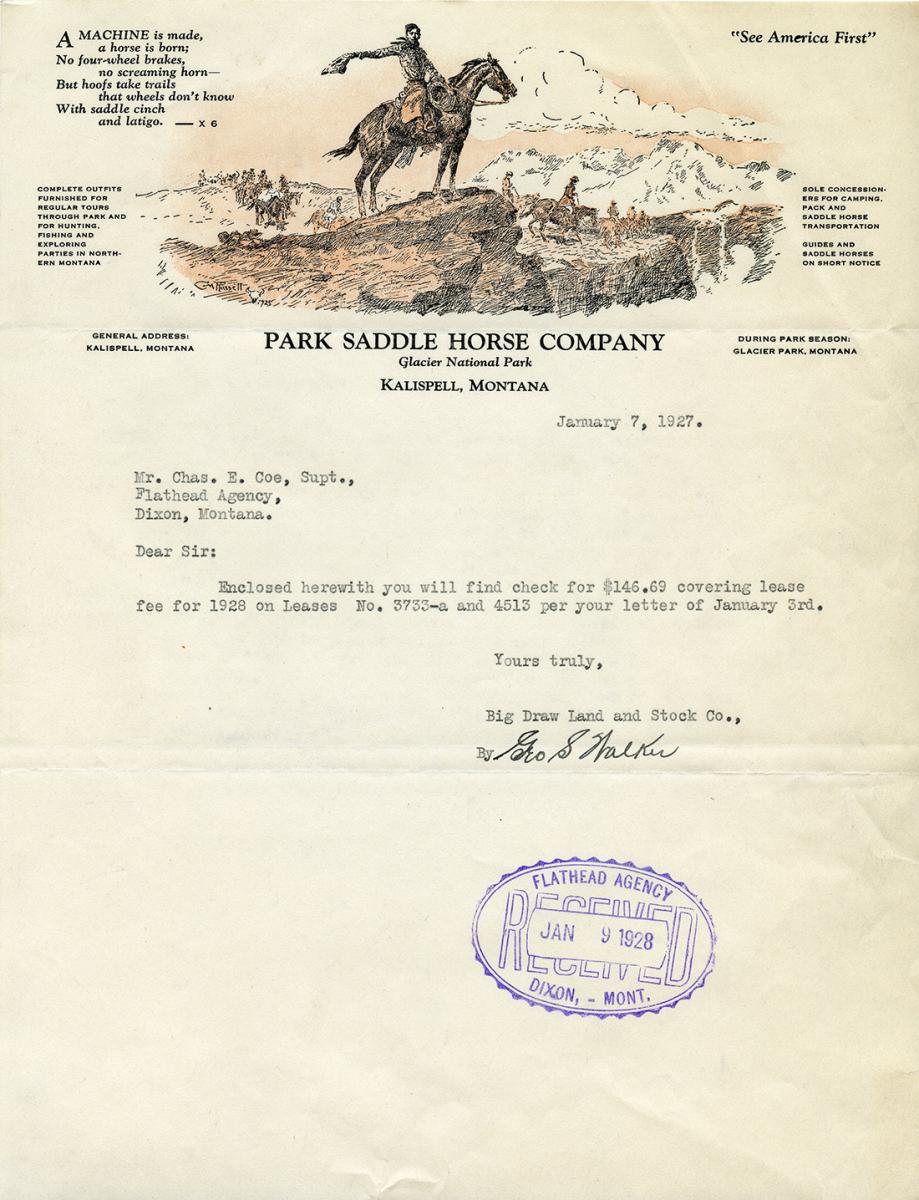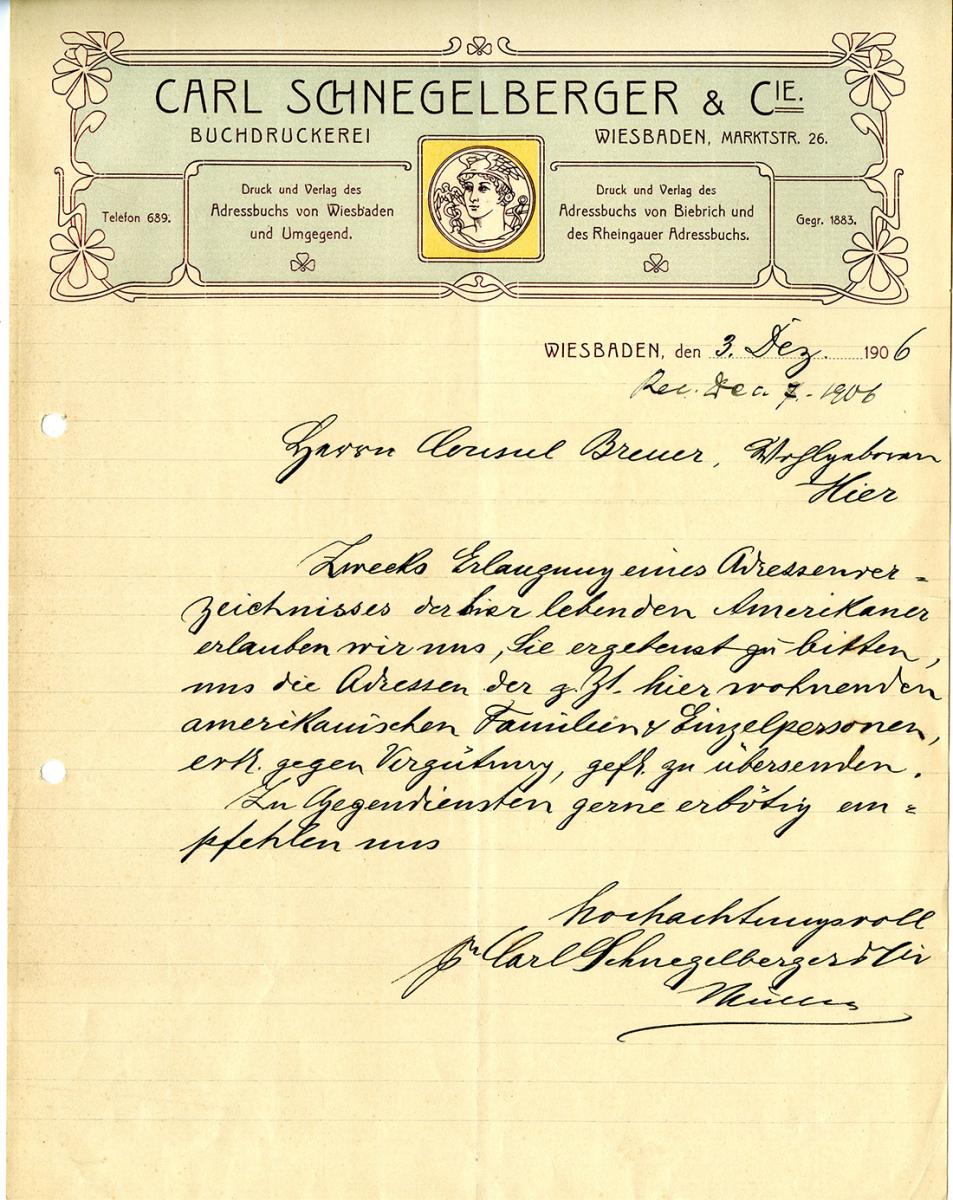
Top Billing: Letterhead
Spring 2014, Vol. 46, No. 1 | Pieces of History
When we consider the billions of documents in the National Archives, we usually think about the words that people have written on the pages. In this instance, however, we’re looking not at the message but at the messenger—at the words and images that appear above the written correspondence.
The late 19th and early 20th centuries appear to have been an age of elaborate letterhead. The type styles, images, and promotional wording broadcast a business’s image at a glance.
The examples here show the variety of elaborate stationery that found their way into the National Archives among the records of federal agencies and diplomatic posts.
The Edinburgh Roperie & Sailcloth Company uses a rope outline and a picture of a tall-masted sailing ship to establish its identity. The company manager wrote in December 1908 to the U.S. consulate at Wiesbaden to inquire about experiments to produce power gas from bituminous coal.
A touring and hunting concessionaire in Glacier National Park reproduces a Charles Russell drawing of rugged cowboys on a trek (with a bonus at the top—a poem in praise of horses). The Park Saddle Horse Company was transmitting payment for leases to conduct its business in the park.
The lettering and decoration of a German publisher’s stationery showcase the Art Nouveau style then popular in Europe. The publisher wrote to the American consular agent in 1906 to ask for names and addresses of Americans living in the area who might use their services.
Regardless of the content of the message, these letters offer a delight for the eye and a window onto business culture of a century ago.


